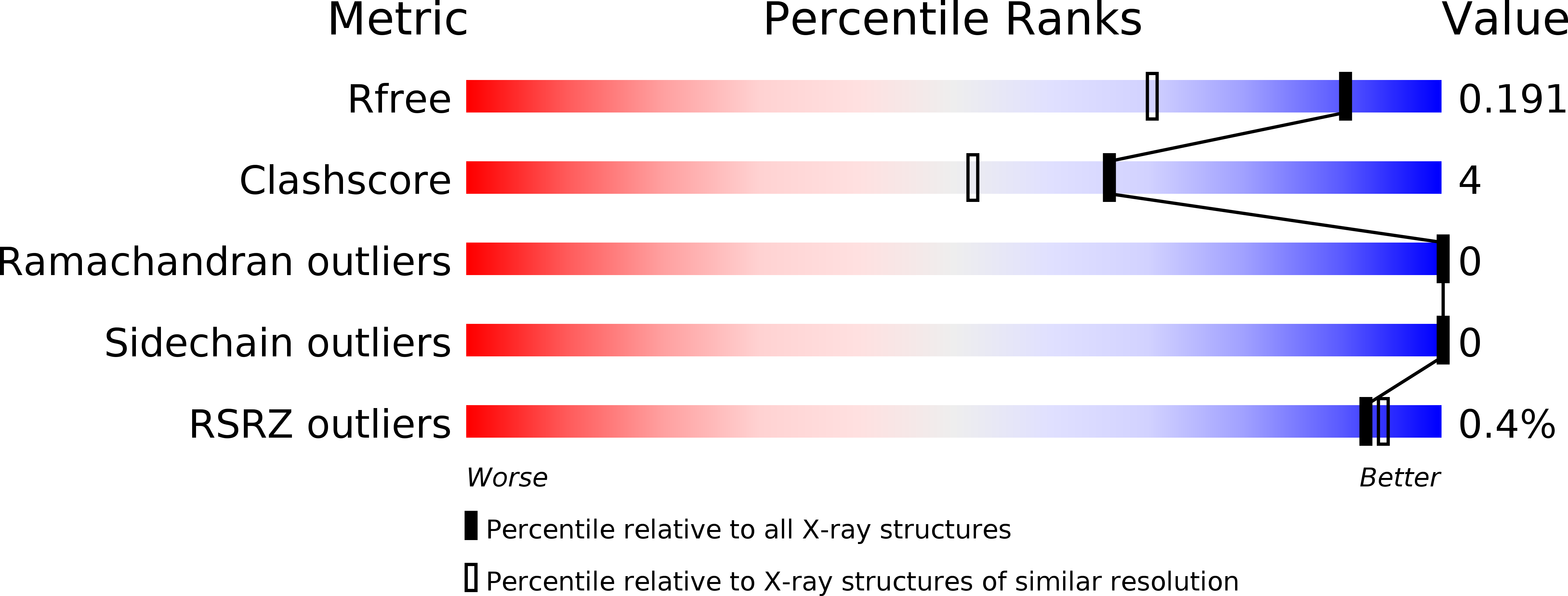
Deposition Date
2011-08-26
Release Date
2011-10-12
Last Version Date
2023-09-13
Entry Detail
PDB ID:
3TKB
Keywords:
Title:
crystal structure of human uracil-DNA glycosylase D183G/K302R mutant
Biological Source:
Source Organism:
Homo sapiens (Taxon ID: 9606)
Host Organism:
Method Details:
Experimental Method:
Resolution:
1.50 Å
R-Value Free:
0.19
R-Value Work:
0.15
R-Value Observed:
0.15
Space Group:
P 1 21 1


